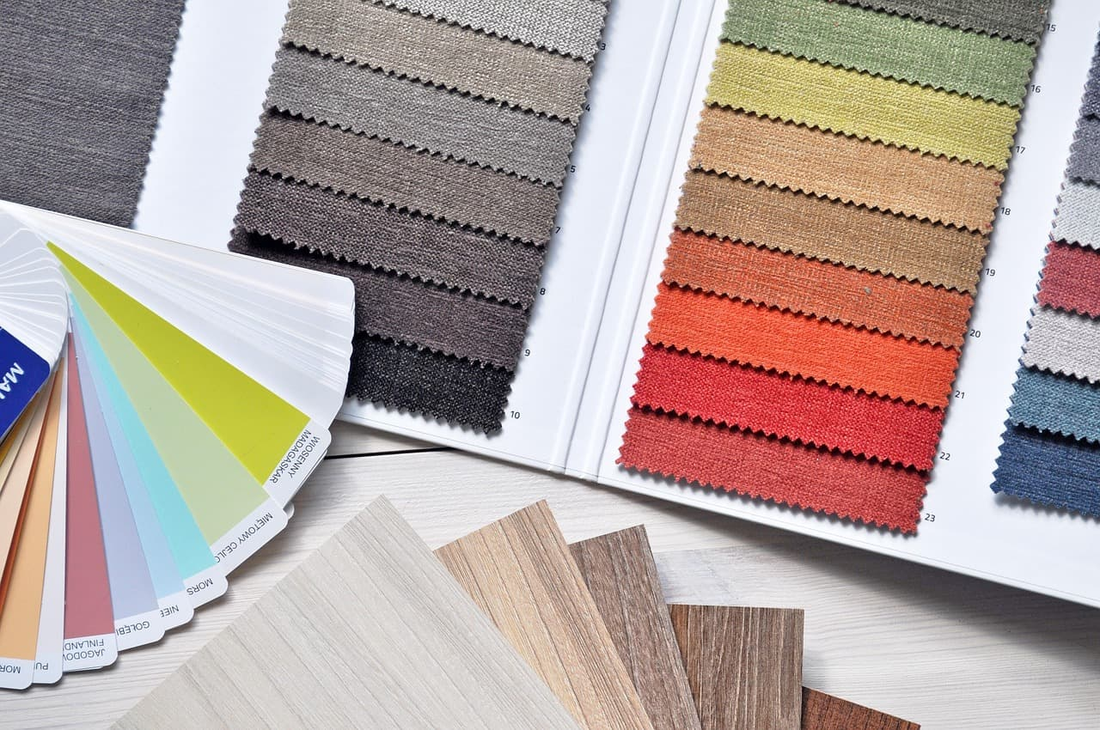
How to Choose Functional Fabrics: A Guide to Cooling-Touch and More
Share
How to Choose Functional Fabrics: A Technical Guide to 5 Key Performance Textiles
Choosing the right fabric can make a huge difference in how your clothes feel and perform. Functional fabrics are designed to do more than just look good—they enhance comfort, durability, and overall wearability. Whether you're picking out gear for sports, work, or everyday use, knowing which fabric suits your needs helps you stay comfortable and perform at your best.
Cooling-Touch Fabrics
Cooling-touch fabrics are specially made to keep your body temperature down when things heat up. They often use lightweight materials combined with moisture interaction to create a cooling effect on the skin. This technology helps draw heat away, so you feel fresh even during intense activities.
These fabrics typically include fibers that transfer sweat quickly and create airflow next to the skin. Whether you’re out on the golf course on a hot day or running errands in the summer, cooling-touch fabrics help you stay comfortable. They work great in activewear, casual tees, and even underlayers for sports or outdoor work.
Moisture-Wicking & Quick-Drying Fabrics
Moisture-wicking fabrics pull sweat away from your skin and spread it across the surface for faster evaporation. This makes a big difference in keeping you dry and preventing that sticky, damp feeling. Quick-drying textiles complement this by speeding up evaporation, which means your clothes won’t stay wet for long after a workout or a day outdoors.
These fabrics are perfect for high-intensity workouts, hiking, and travel. If you’re someone who sweats easily or spends time outside, moisture-wicking and quick-drying fabrics help maintain comfort and hygiene throughout the day. They often appear in athletic wear, socks, and undergarments designed for performance.
High-Stretch Fabrics
High-stretch fabrics provide flexibility without losing shape. They are made with materials like spandex or elastane blended with other fibers. These blends allow your clothes to move with you, not against you.
The stretch is essential for comfort when performing dynamic movements such as golf swings, yoga poses, or any physical labor. Besides comfort, these fabrics improve fit by contouring to your body shape. You’ll find high-stretch fabrics in leggings, golf pants, fitted t-shirts, and sports bras.
Antimicrobial Fabrics
Antimicrobial fabrics are treated with special agents that reduce bacteria and odor. This technology helps your clothes stay fresher for longer periods, which is especially useful when washing isn’t always possible.
These treatments can be added during manufacturing to keep fabrics resistant to microbial growth. If you’re wearing clothes for long workouts, camping trips, or travel, antimicrobial fabrics reduce smell and extend good hygiene. They are common in socks, undergarments, and performance outerwear.
UV-Protective Fabrics
UV-protective fabrics block harmful ultraviolet rays from reaching your skin. They use tighter weaves or special UV-absorbing chemicals to shield you from sun damage.
When you spend plenty of time outdoors, wearing UV-protective clothing lowers the risk of sunburn and long-term skin damage. Golf shirts, hats, and lightweight jackets often feature these fabrics to provide reliable sun defense without feeling heavy.
Conclusion
Understanding these five key types of functional fabrics—cooling-touch, moisture-wicking & quick-drying, high-stretch, antimicrobial, and UV-protective—helps you choose the right clothing for your needs. Combining these fabrics enhances comfort and performance, whether you’re dressing for exercise, work, or daily life.
Next time you shop for apparel, look beyond just style. Consider what each fabric offers and how it fits your lifestyle. With the right technology, your clothes won’t just look good—they’ll work hard for you, too.
